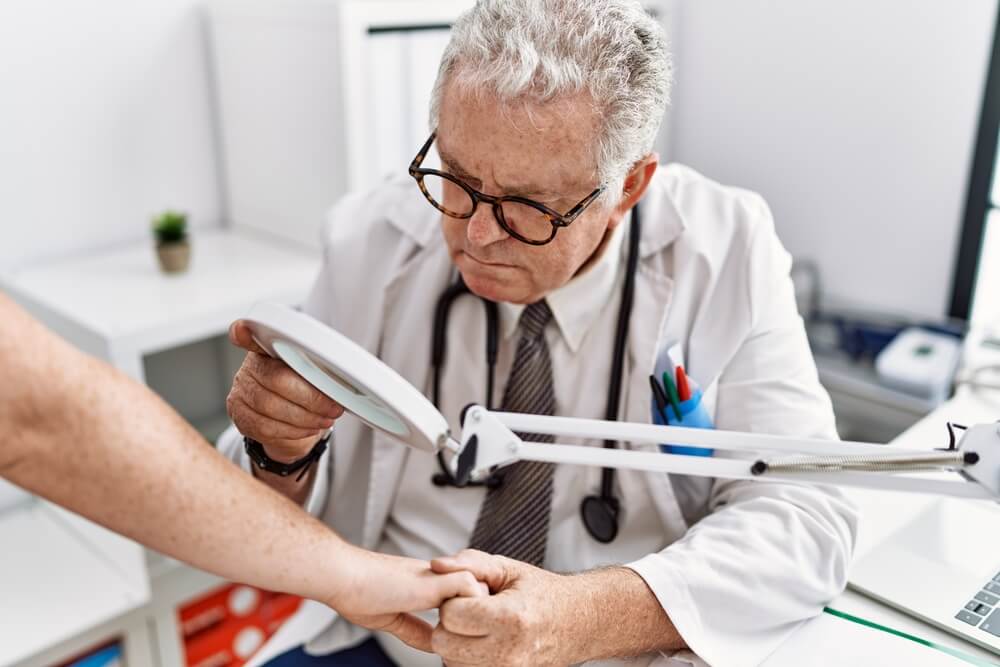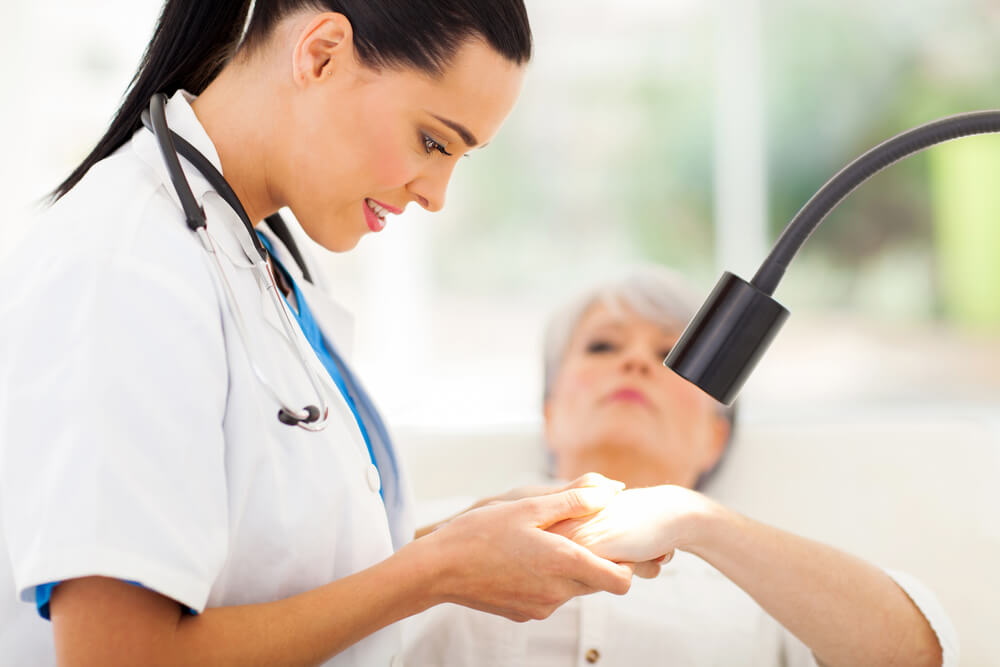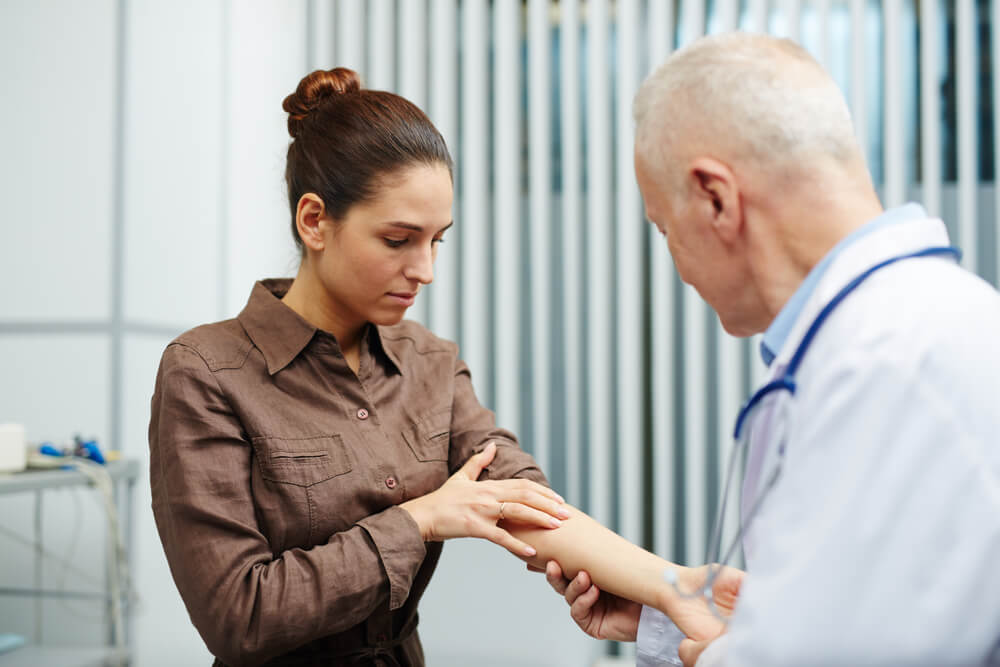Lichen planus is a rare skin condition that causes inflammation and rashes on your skin, inside the mouth, scalp, and sometimes genitals. Whether you or a loved one are dealing with lichen planus and want to learn more about this condition, this article is perfect for you. Of course, reach out to professionals for expert evaluation and guidance. We recommend consulting with Sexual Health Specialists in Miami for the best results.
Here is everything you need to know about lichen planus, including the symptoms, common causes, diagnosis, and treatment methods.
What Is Lichen Planus?

As mentioned, lichen planus is a relatively uncommon inflammatory skin disorder that can trigger a rash on several parts or one specific body area. It affects roughly 1-2% of the population. Some experts consider lichen planus to be an autoimmune disease as the underlying cause involves the patient’s own immune system attacking portions of the skin.
Areas of the body that are usually affected include:
- Oral mucosa or the inside of the mouth
- Skin
- Nails
- Genitals (vulva, vagina, or penis)
- Scalp
A patient experiencing lichen planus symptoms will also have involvement of the vulva or vagina up to 50% of the time.
Vulvar lichen planus, or lichen planus that involves the vulva, has four different subtypes that are currently described. One such type is called erosive lichen planus.
If you have any questions or concerns about your health and lichen planus on the skin, consult with professionals immediately. We suggest New Age Women’s Health, the best professionals in the industry. Receive an expert diagnosis and the best treatment possible for a faster healing process.
Top Symptoms of Lichen Planus
Here are the most common symptoms of lichen planus to keep in mind. Be aware that the symptoms will depend on where the condition has manifested in the body:
- Nails with discoloration, splitting or cracking
- Small white dots can develop on the patient’s skin, tongue, lips, or inside the cheeks.
- Small raised dots can develop on the skin, including the patient’s genitals (for instance, this can be vaginal or vulvar lichen planus). The dots are about 0.4mm in size but can grow up to 1cm. Sometimes, the dots can become sores.
This is not a painful skin condition. However, it can become uncomfortable and painful if the patient scratches rashes. Moreover, if the skin is broken and infected, some pain may be involved.
Lichen Planus Causes
The exact cause of lichen planus is unknown. That being said, some of the following can cause flares to occur. These include:
- Vaccines
- Hepatitis C
- Some medications for arthritis, high blood pressure, and heart disease treatment
- Some pigments, metals, and chemicals
- Nonsteroidal anti-inflammatory drugs
Keep in mind that this is not a contagious disease. So, you cannot spread it to another individual through skin-to-skin contact or unprotected sexual intercourse.
Lichen Planus vs. Psoriasis: Differences
Psoriasis and lichen planus are both skin diseases that can lead to discoloration and uncomfortable rashes. However, psoriasis is unique because it usually does not affect the inside of the patient’s mouth. Moreover, psoriasis is typically scaly.
Lichen Planus vs. Lichen Sclerosus: Differences
Lichen sclerosus and lichen planus are similar skin conditions, and both are idiopathic, meaning that the exact cause is unknown. Both conditions usually affect the mucus membranes. However, there are a few things that make them differ. For instance, lichen sclerosus rarely affects a patient’s oral mucous membranes. Additionally, while both can affect the vulva, only lichen planus can affect the inside of the vagina. Lichen sclerosus only affects the vulva or the skin outside of the vagina.
Who Is at Risk of Lichen Planus?
Anyone is at risk of lichen planus on the skin. However, women between the ages of 30 and 60 are at higher risk of getting this skin disorder. According to some studies, female patients may get lichen planus on the skin twice as often as their male counterparts. Moreover, females have a higher chance of developing this skin condition in their 50s and 60s. On the other hand, male patients in their 40s are at higher risk of getting the disorder. Patients with this skin disease are up to 75 percent more likely to have oral lichen planus.
How Does Lichen Planus Affect the Body?
In most cases, lichen planus affects the skin around the patient’s ankles and wrists. Around 50 percent of patients with this condition develop oral lichen planus, a variation of the illness which affects the tongue and the inside of the mouth. In its early stages, patients experience lesions or spots. These are small, raised dots or papules, approximately 0.4 millimeters in size. In some cases, they can grow up to 1 centimeter.
Typically, oral lichen planus begins as a small white dot on the tongue or the inside of the cheeks. In more serious cases, the patient may also develop painful sores.
Diagnosis and Lichen Planus Treatment Options

The diagnosis process will look similar whether you have oral or vaginal lichen planus. Firstly, the healthcare professional will assess your symptoms and conduct a thorough physical exam. The professional will check for characteristics that help diagnose this condition. These include something called the “four Ps”:
- Purple papules or bumps
- Pruritic (you experience itchiness)
- Polygonal (the rash shape features sharp angles)
- Plaques (discolored and raised patches of skin)
Sometimes, the healthcare professional may want to perform other tests. For instance, you may need to undergo the following:
- An allergy test to check what can be causing the flare-ups
- A biopsy to collect a tiny sample of the affected skin
- A test for Hepatitis C
In most cases of lichen planus not affecting the vulva or vagina, treatment is not required. However, there are some things you can do to ease symptoms of lichen planus and other forms of this skin condition. Here are some of the top treatment options you may discuss with a professional:
- Phototherapy (using ultraviolet light waves)
- Antihistamines (to treat allergy symptoms such as skin itchiness)
- Corticosteroid ointments, creams, or suppositories (to reduce inflammation)
- Retinoids (to help the body create more collagen and alleviate the rash symptoms)
- Immunosuppressants (to lower the immune system)
Patients with oral lichen planus may also consider the following:
- Practicing proper oral hygiene (brushing and flossing the teeth regularly and visiting a dentist twice per year)
- Minimizing trauma or injury (brushing the teeth gently, carefully removing piercings, etc.)
- Replacing the dental fillings to avoid allergies
Home remedies are also possible. These include:
- Aloe vera to moisturize and treat painful sores
- Oatmeal to soothe itchy skin
- Decreasing stress by applying management techniques
Give Us a Call Today
Reach out to professionals with years of experience in the health field. Book an appointment today and get started with your healing journey. Results are always guaranteed.


